The Eastern Galician countryside — most of which today is located in western Ukraine — is dotted with abandoned Roman Catholic churches (kościoły) that today stand as reminders of the centuries-old Polish communities that once lived there.
Before the war, Roman Catholic Poles made up 21% of the population of this part of Galicia. And while many of them lived in the towns, where together with Jews they made up the majority of the population, 68% of all Eastern Galician Poles were peasants.
This completely changed after the war — the Poles, if they had not been killed or exiled during the war, either moved or were deported to present-day Poland as part of the Polish-Soviet population exchanges.
Under the new Soviet regime, their churches, just like Greek Catholic churches and synagogues, were re-purposed and used as granaries, storehouses, and barns.
But while many of the rural Greek Catholic churches were renovated after the fall of the Soviet Union and today are used for worship, very few kościoły were resurrected due to the absence of Roman Catholics.
And so with every passing year, these structures, now mere carcasses, continue to crumble and slowly pass into oblivion.
***
Gathered here is but a small collection of all these Galician churches.
Plisniany, Ternopil Region
The Roman Catholic church (1932-36) in Plisniany / Pleśniany, funded by an anonymous resident of the Polish town of Częstochowa
In 1880, of the 500 residents of Plisniany, 341 were Greek Catholic, 116 were Polish, and 43 were Jewish. In the 1930s, a brick Roman Catholic church with stained-glass windows was built on a small hill across from the Greek Catholic church. Several years later, under Soviet rule, the church was turned into a collective farm mill. When these photos were taken about 10 years ago, the two-level storage structure and traces of flour and grain could still be seen.
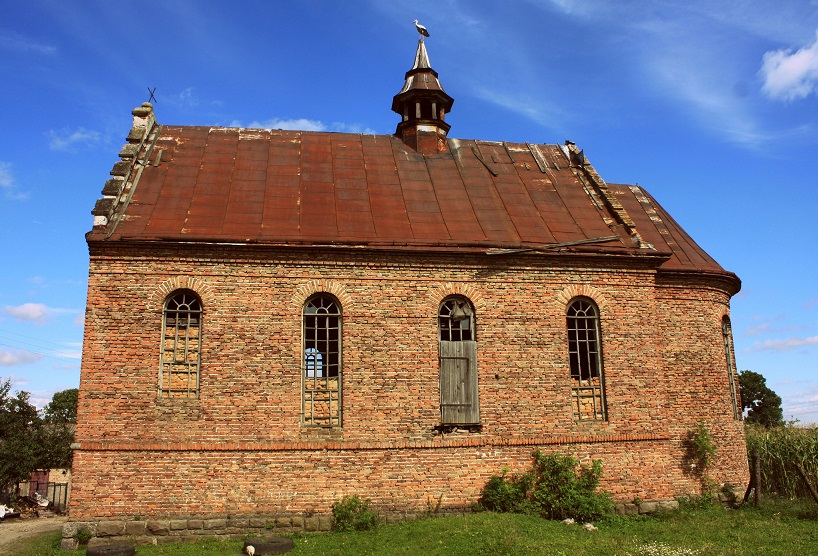
Vovkiv, Lviv Region
The Church of St. Maria Magdalena (1924) in Vovkiv / Wołków, architect Bronisław Wiktor
During Soviet times, the Art Deco church served as a mineral fertilizer storehouse. In 1993 it was featured in the first Ukrainian detective series “Zlochyn z bahat’ma nevidomymy” based on a work of the same name by Ivan Franko.
Photographs by Areta Kovalska
Zhulyn, Lviv Region
The Church of the Assumption of Mary (1797-1802) in Zhulyn / Żulin, funded by the landowner of the village, castellan of Volyn Franciszek Młocki
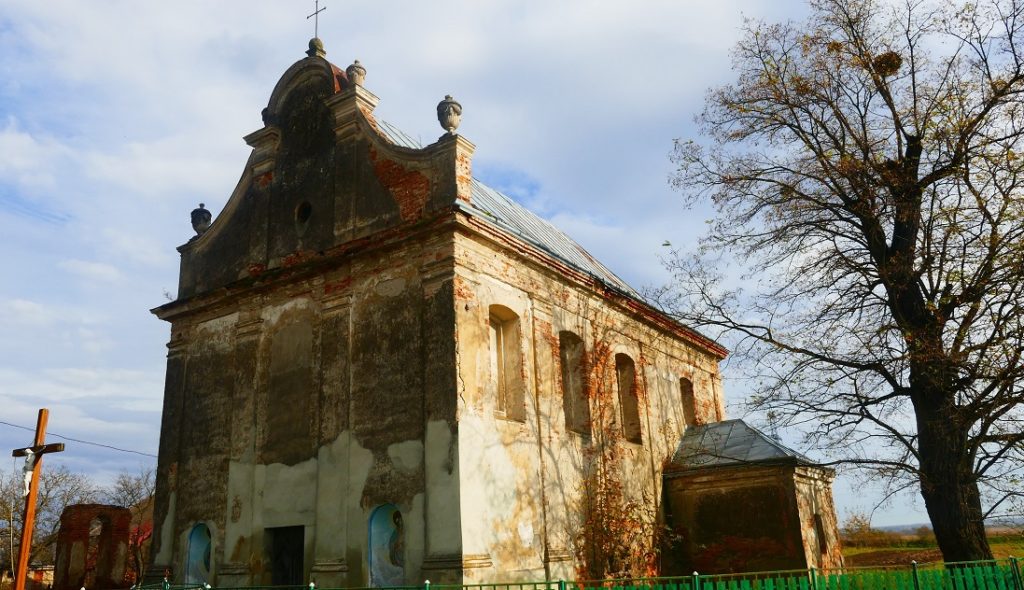
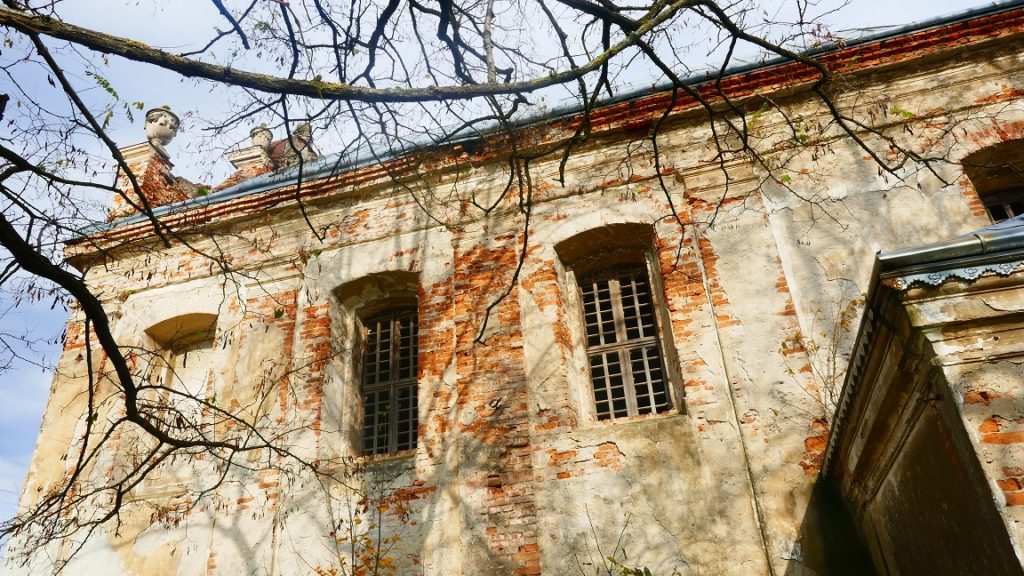
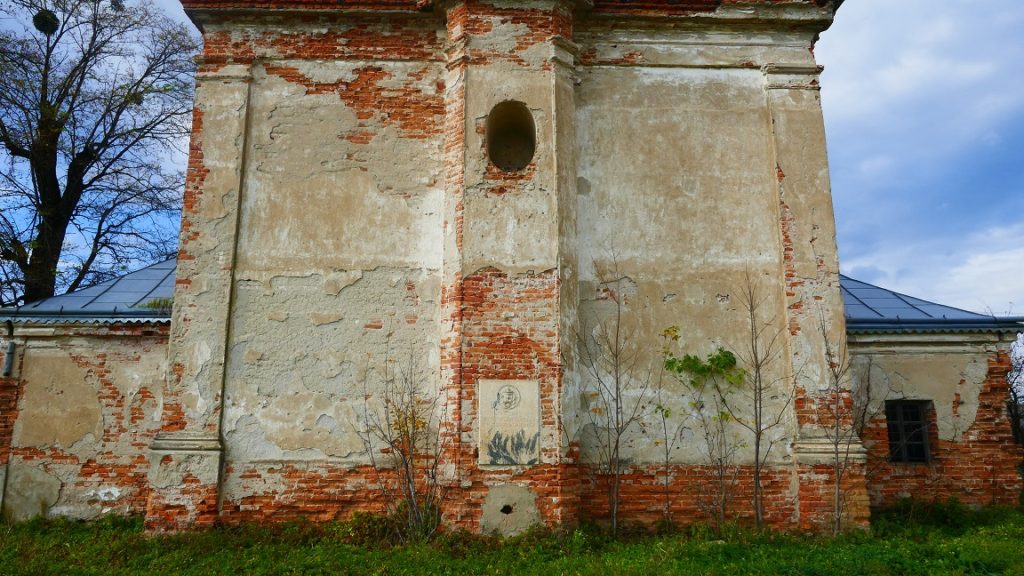
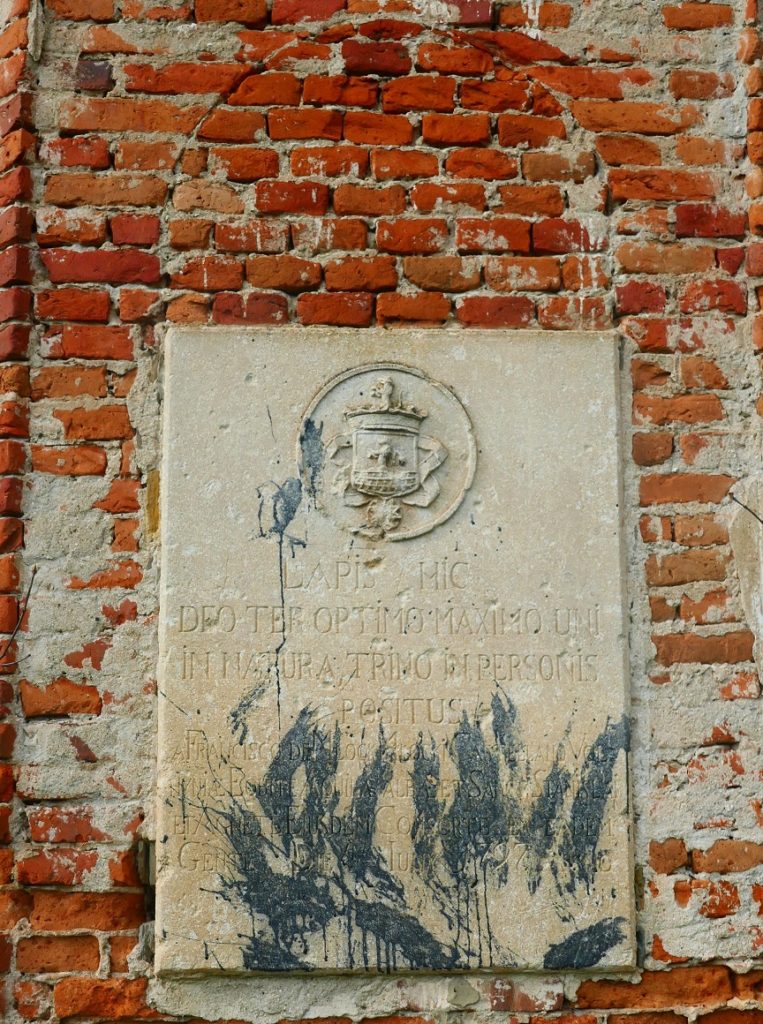
Nadrichne, Ternopil Oblast
A Roman Catholic church (early 20th century) in Nadrichne / Nadriczne
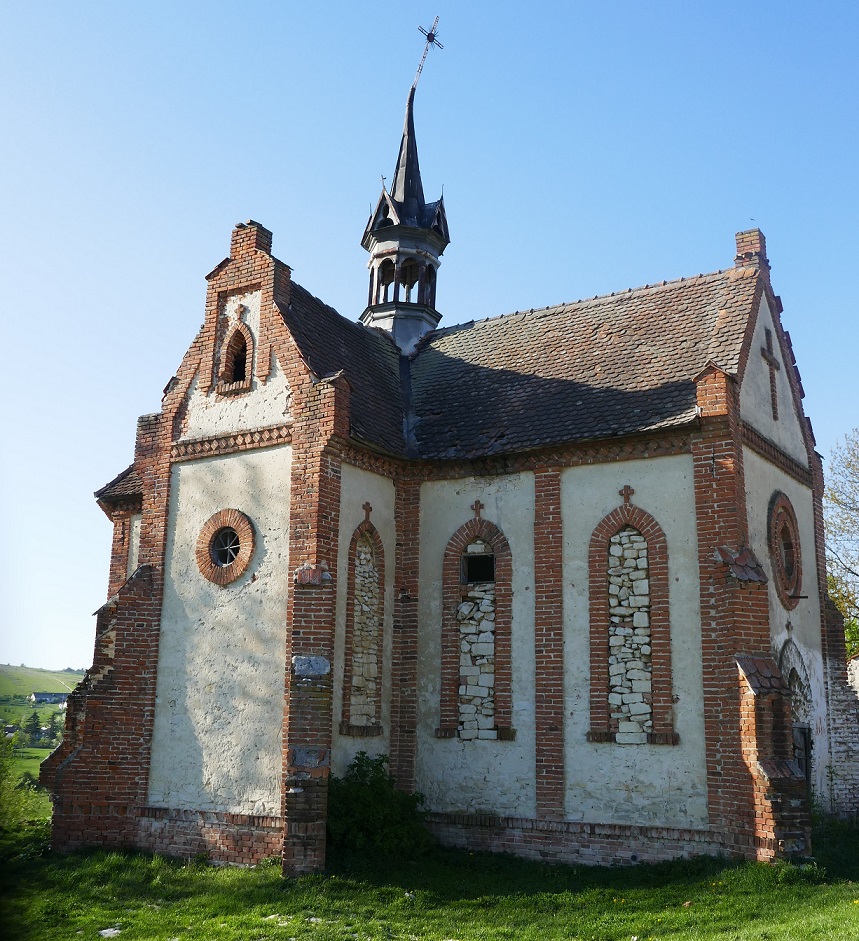
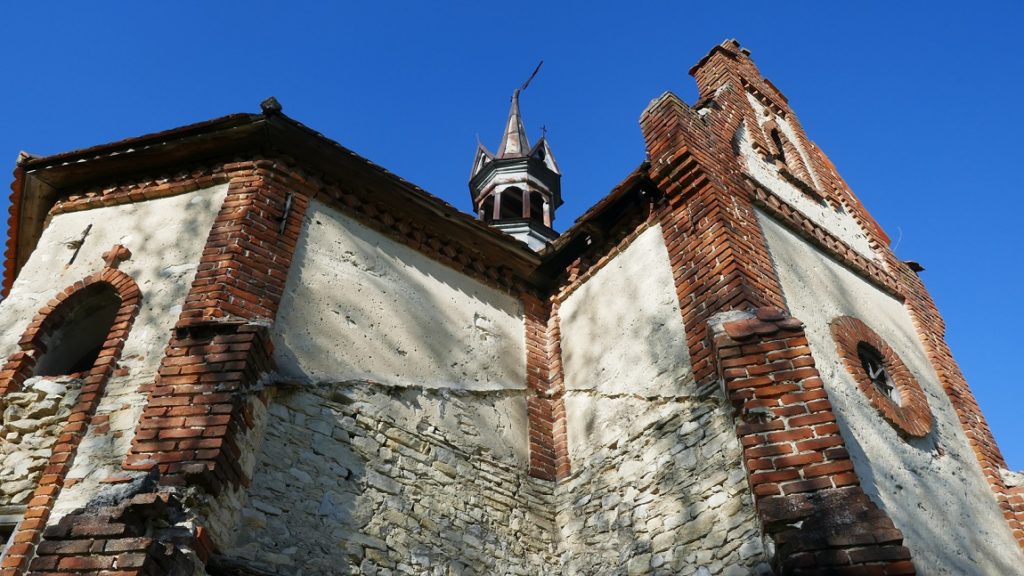
Photographs by Areta Kovalska
Lychkivtsi, Ternopil Region
The Church of the Immaculate Conception of the Blessed Virgin Mary (1708) in Lychkivtsi / Liczkowce
The neo-Baroque church was built as a defensive structure in 1708 near a fortress. A Latin inscription above the portal states that the church was restored in 1728.

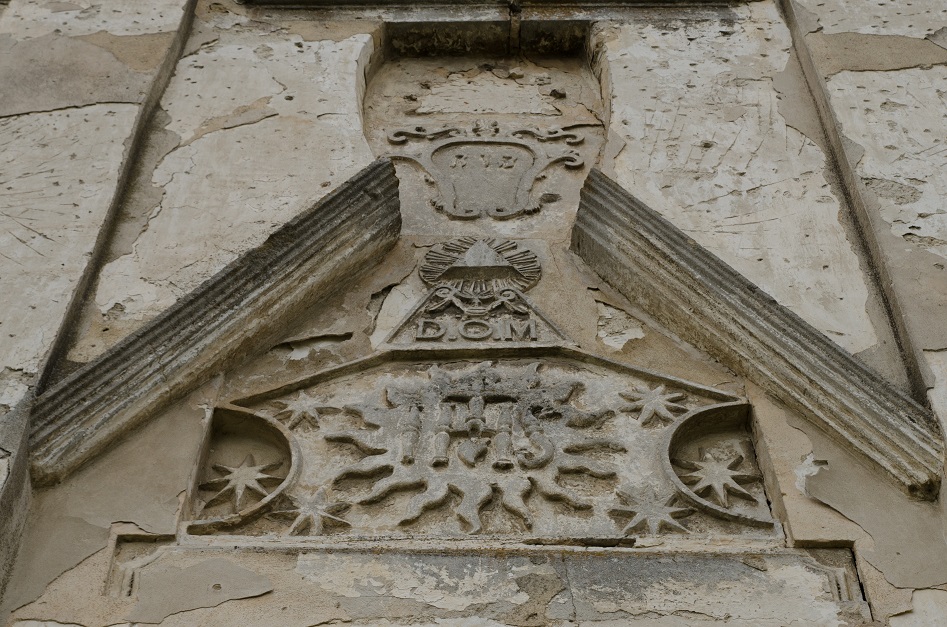
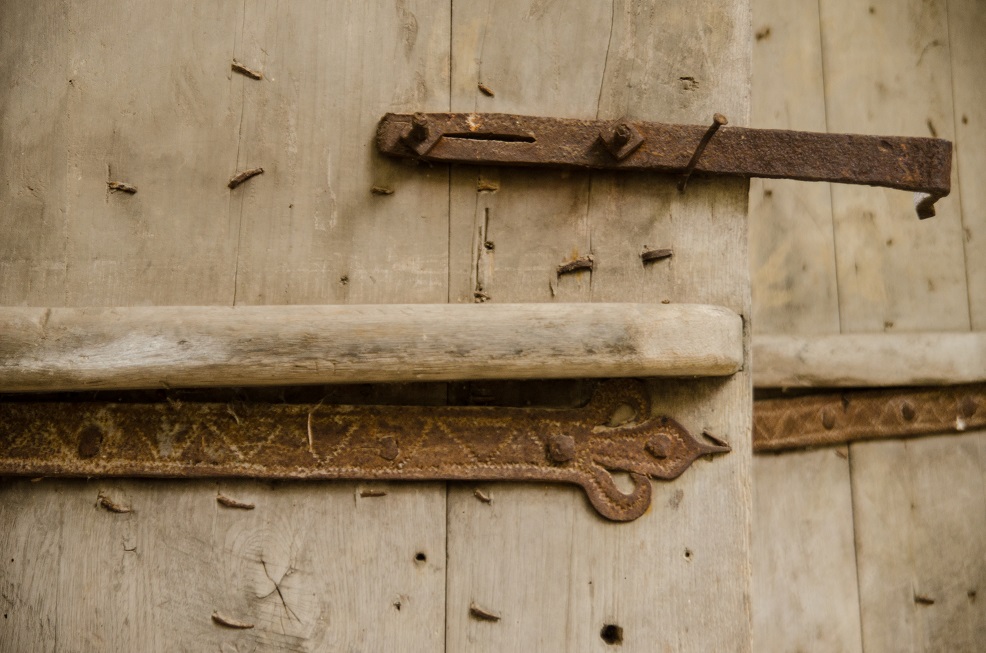
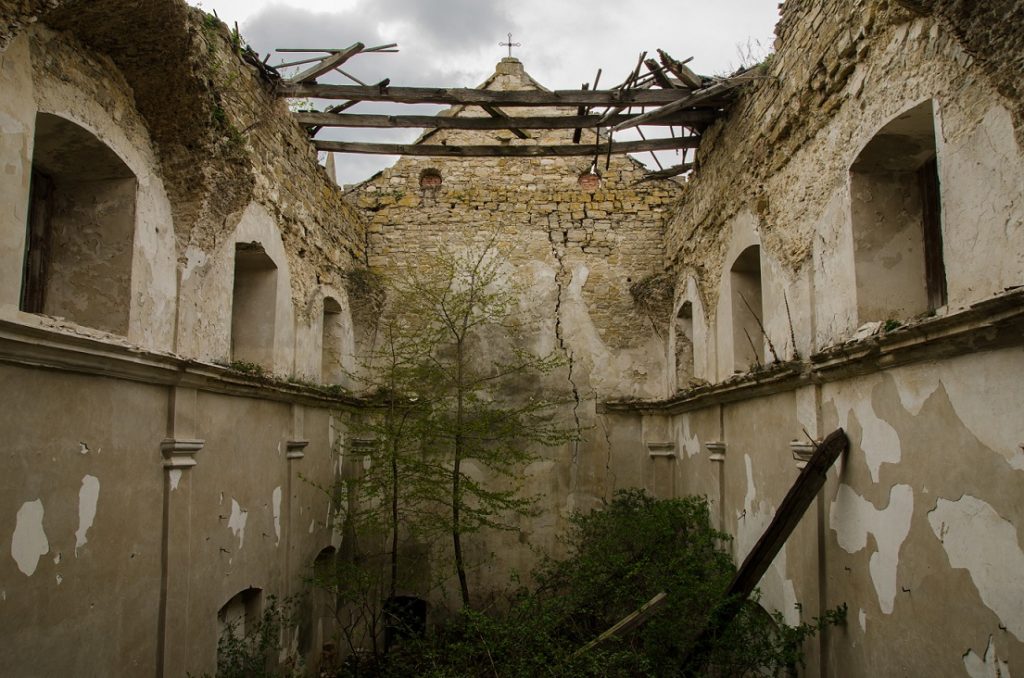
Postolivka, Ternopil Region
Sts. Peter and Paul Church, c. 1904 in Postolivka / Postołówka
The neo-Gothic church was erected in 1904 (other sources mention the late nineteenth century).

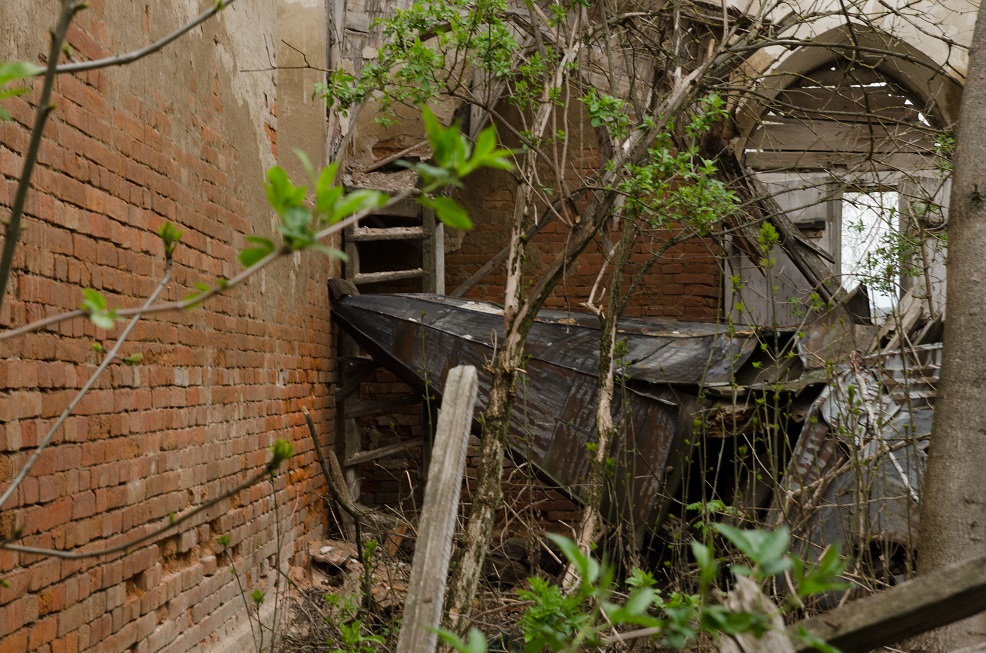
Velykyi Khodachkiv, Ternopil Region
The Church of the Virgin Mary (1890) in Velykyi Khodachkiv / Chodaczków Wielki
According to the Geographical Dictionary of the Kingdom of Poland (1880-1902), in 1880, 1,527 Roman Catholics, 140 Greek Catholics, and 21 Jews lived in the village. The church was consecrated in 1890, expanded in 1900, and rebuilt in 1936. During the Soviet era, the church served as a school-workshop for tractor drivers, then as a granary, and then as a storehouse for mineral fertilizers.
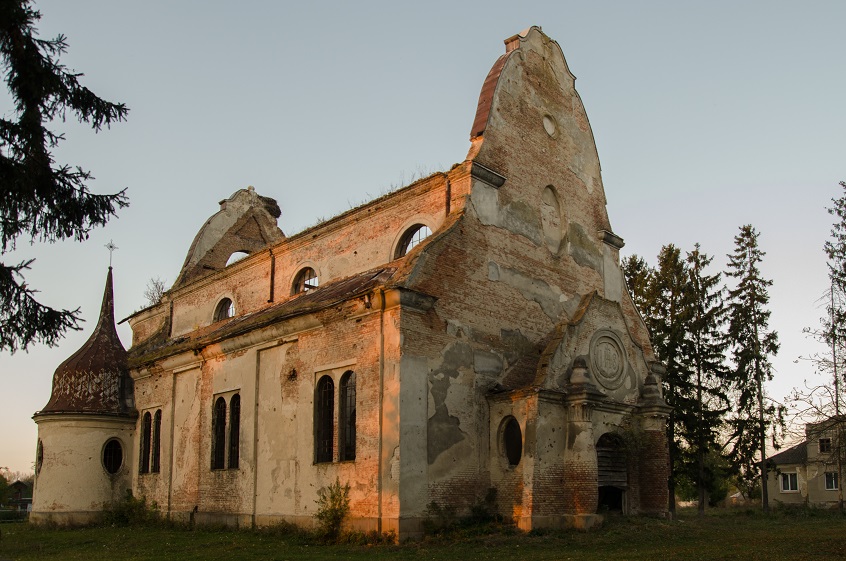
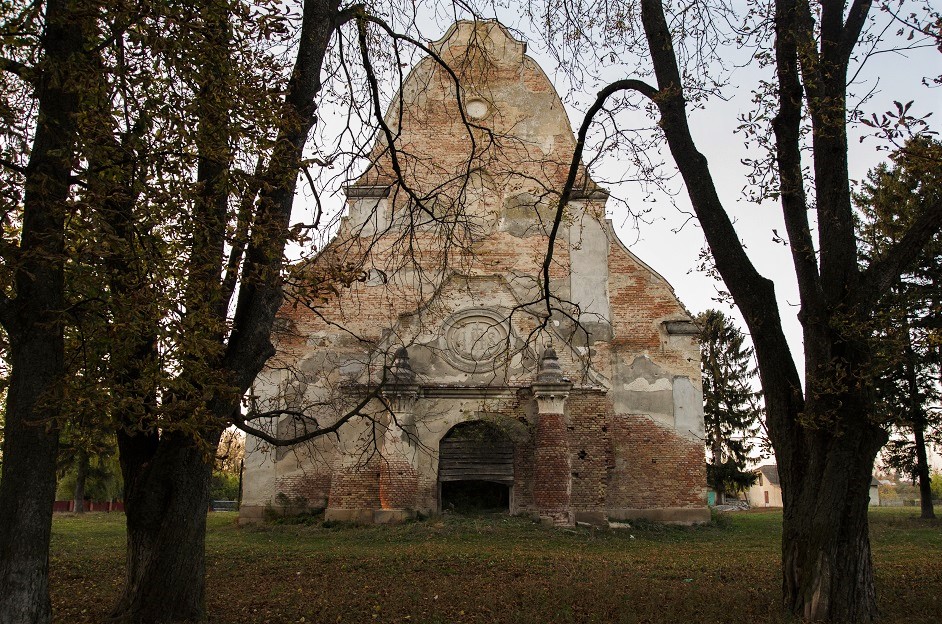

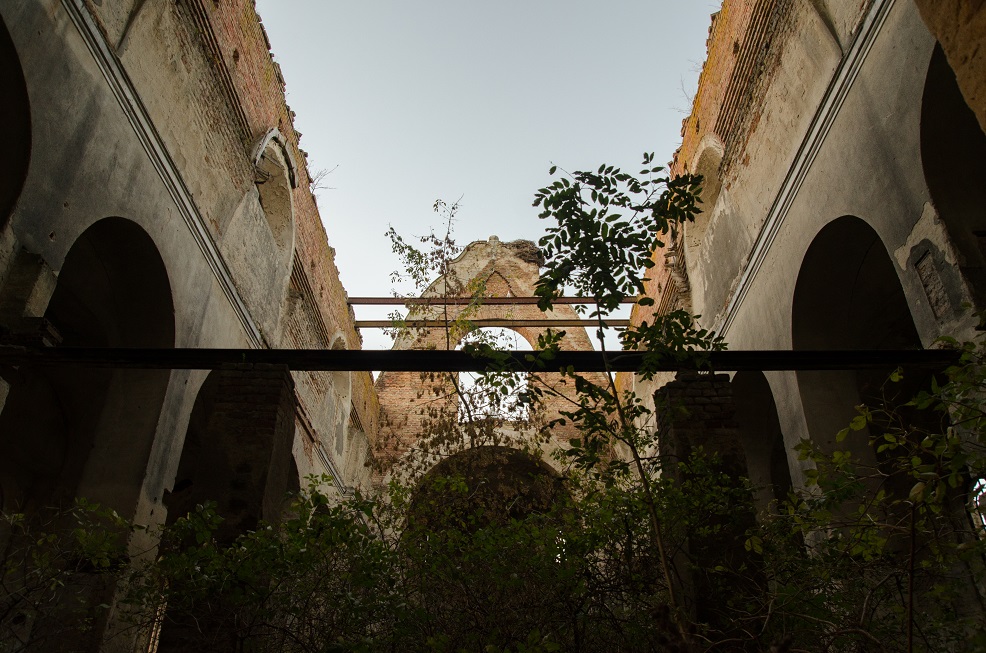
Photographs by Anna Zolotnyuk
Zhabyntsi, Ternopil Region
The Church of the Nativity of the Virgin Mary (1860-1862) in Zhabyntsi /
Żabynci
The neo-Gothic church was last renovated in 1930. During the Soviet era it was used as a collective farm barn.
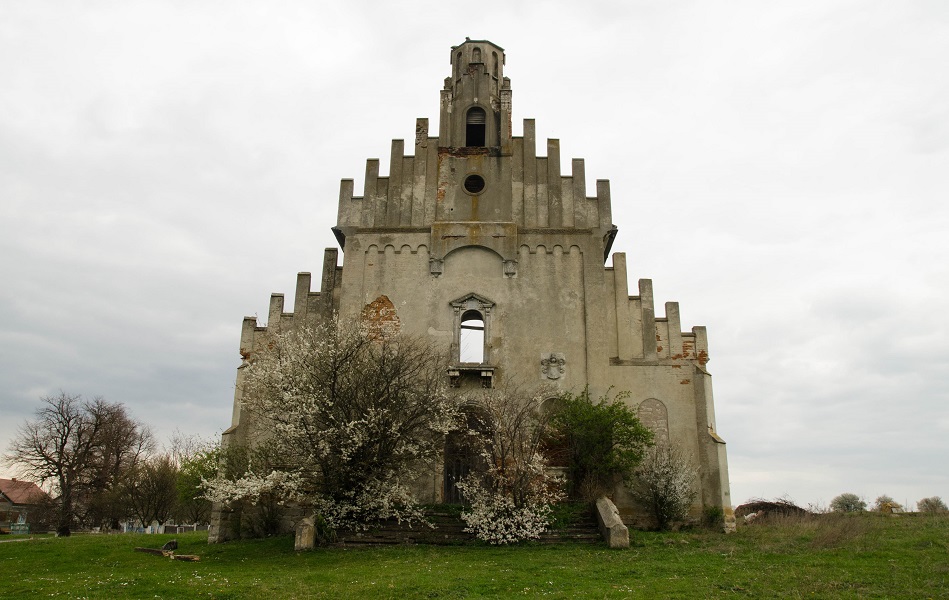
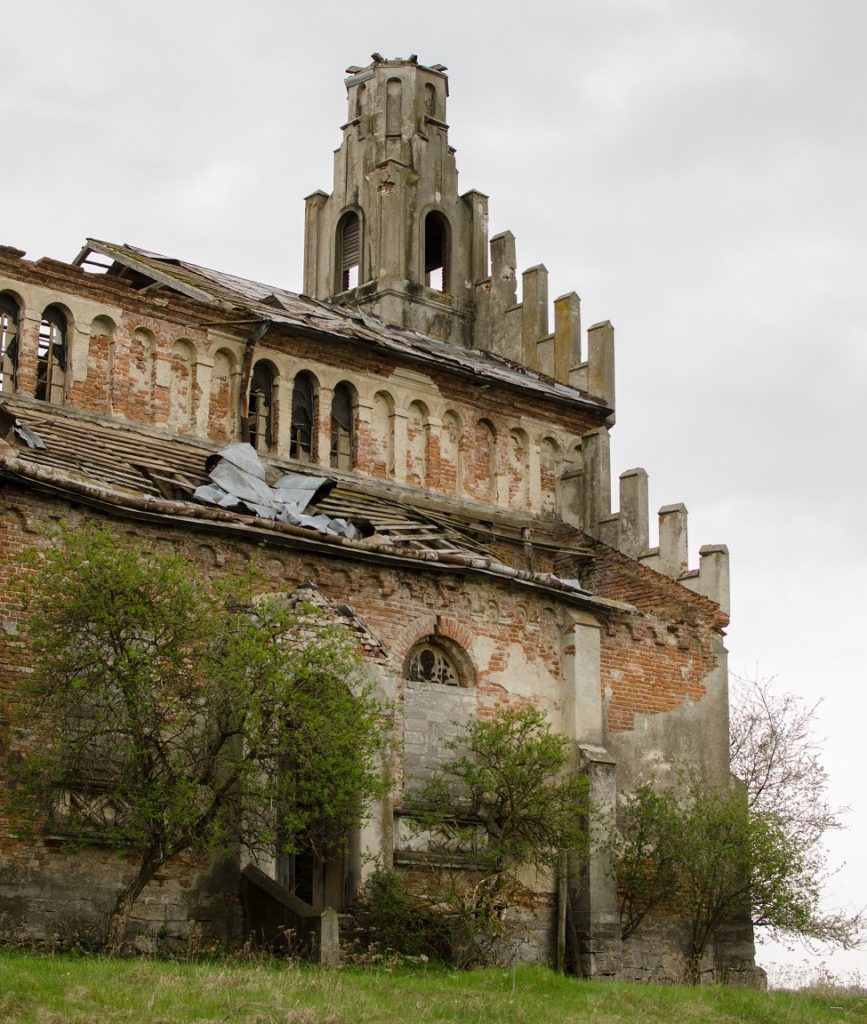
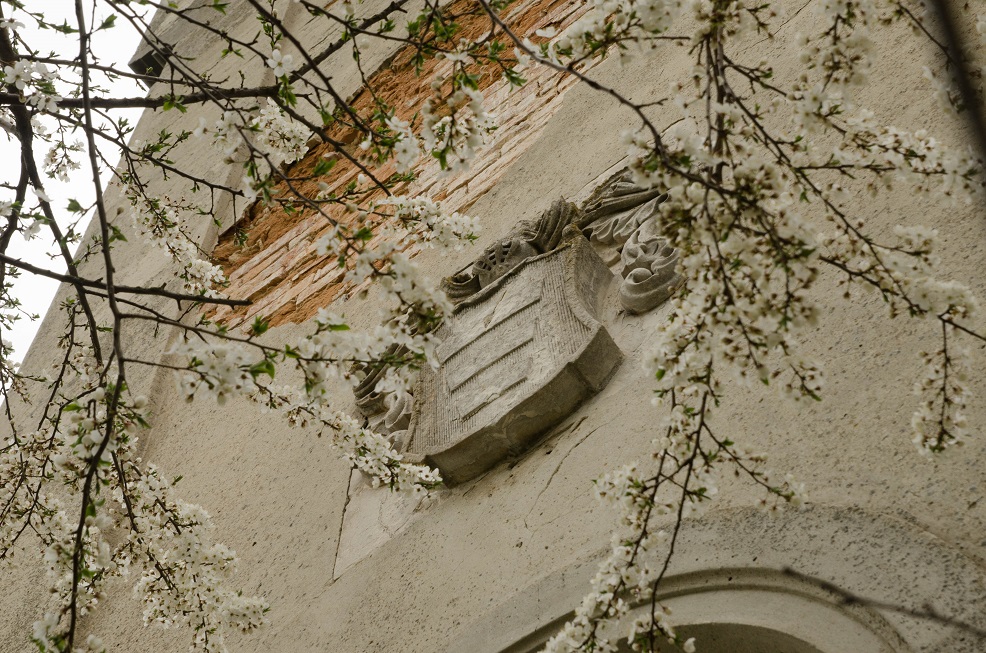
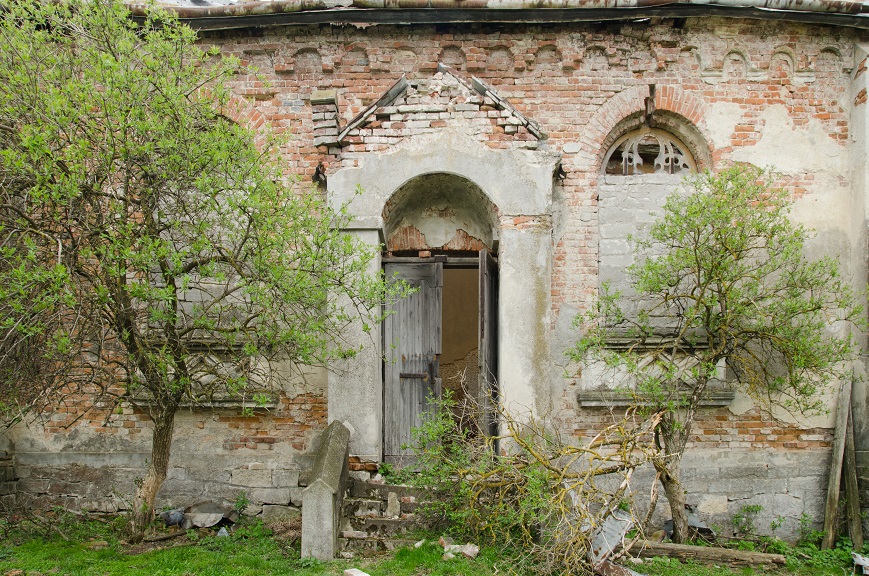
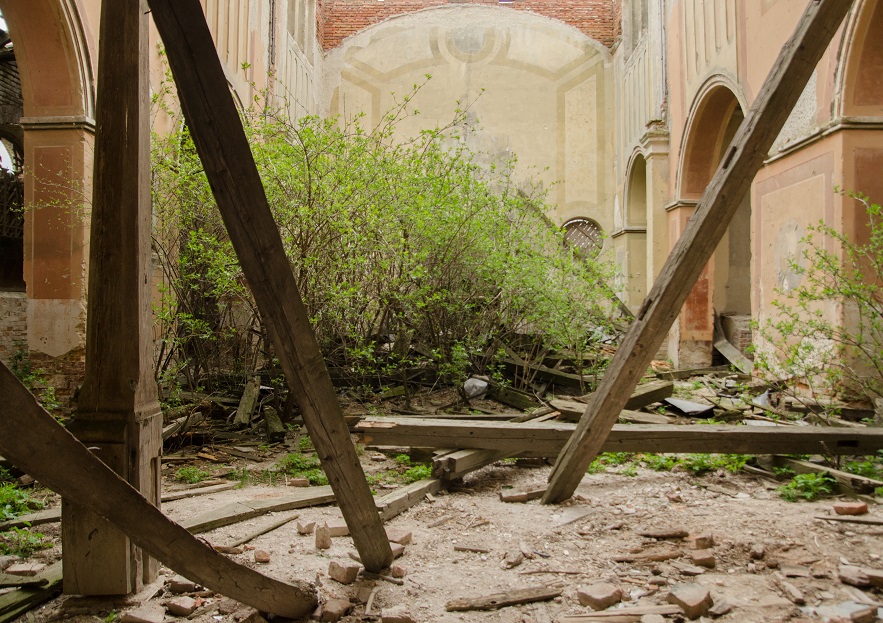
Photographs by Anna Zolotnyuk
Yazlovets, Ternopil Region
The Church of the Ascension of the Most Holy Virgin Mary (1589-90) in Yazlovets / Jazłowiec, founded by Mikołaj Jazłowiecki
The late Gothic/Renaissance church was built for the Dominican order in the place of a wooden church.
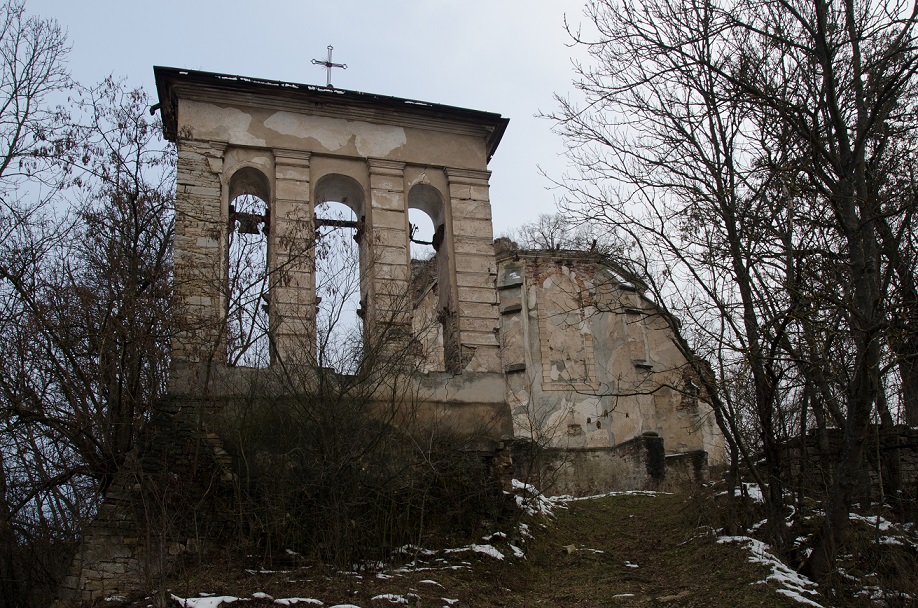
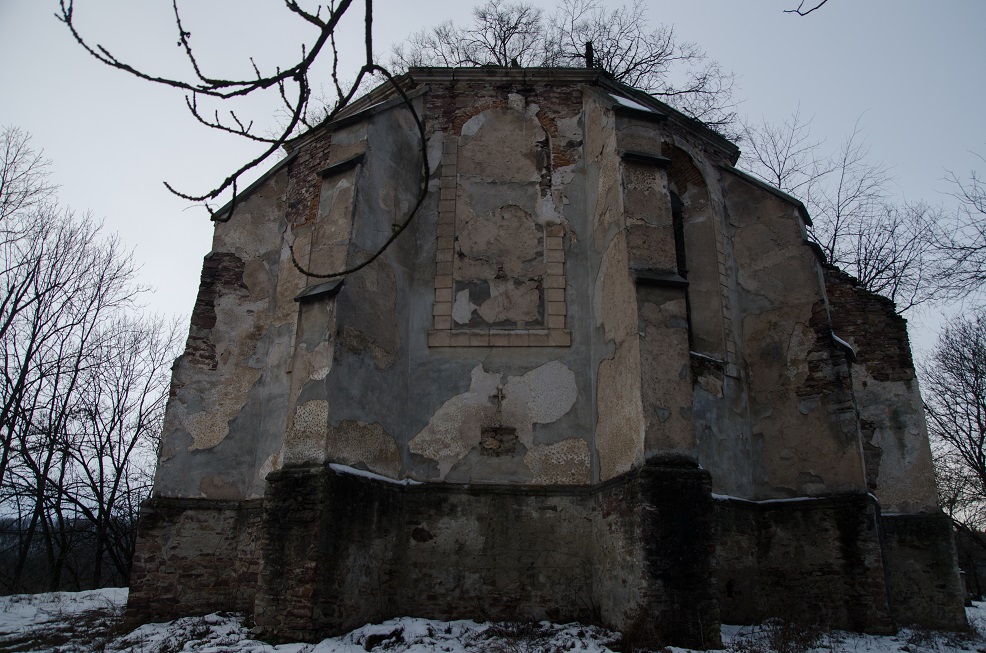

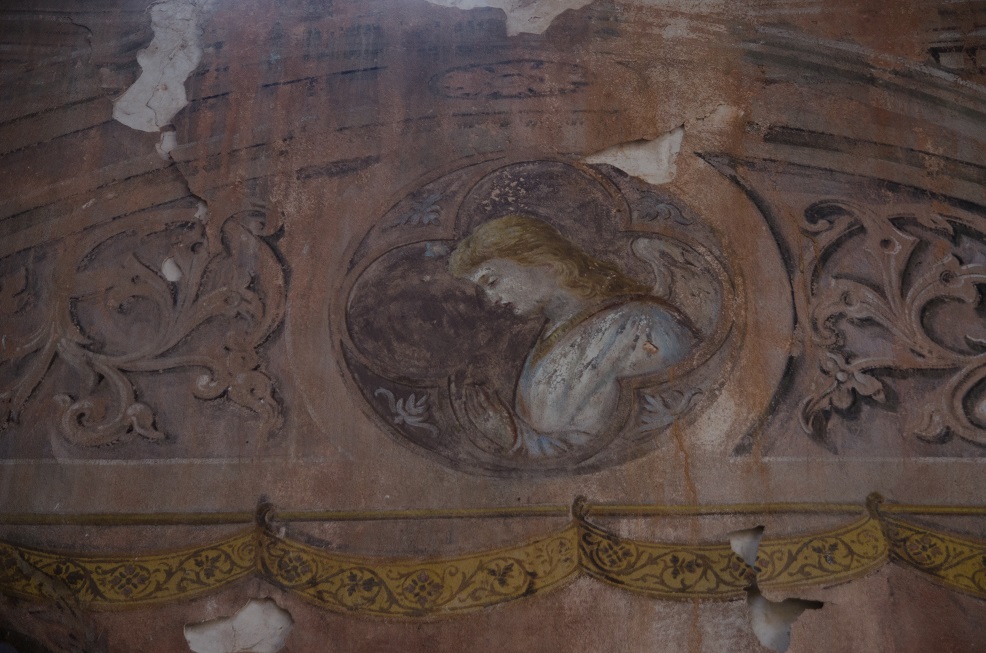
Sorotske, Ternopil Region
Our Lady of Perpetual Help (1907) in Sorotske / Sorocko, architect Michał Kowalczuk
In 1944 the church’s metrical books were taken to Wroclaw. In Soviet times it was used as a storehouse for mineral fertilizers. To make it easier to load trucks, part of the wall was destroyed. In the 1970s a fire broke out in the church.
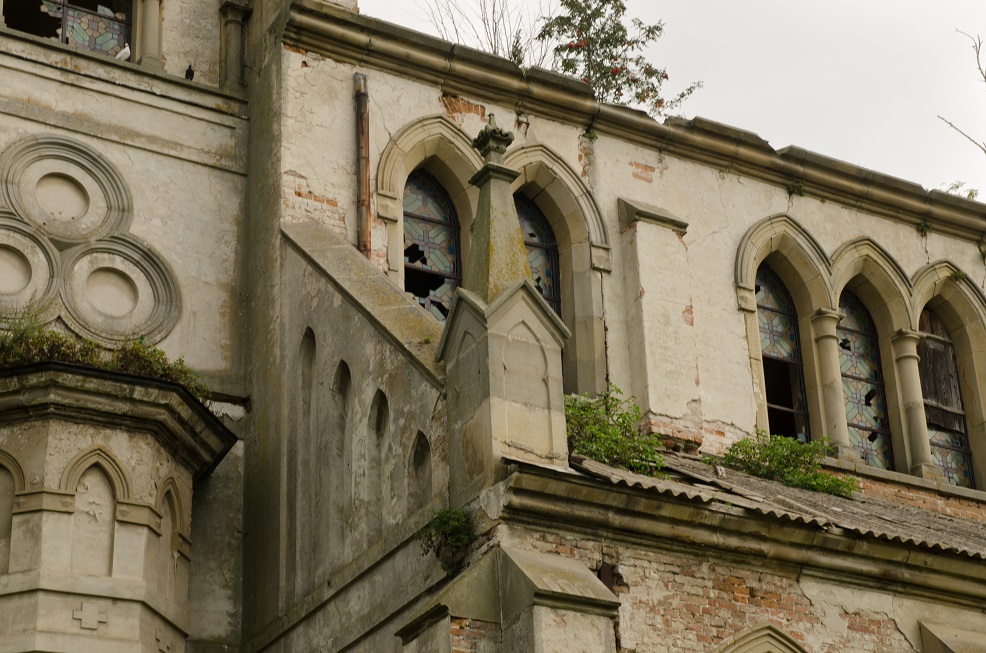
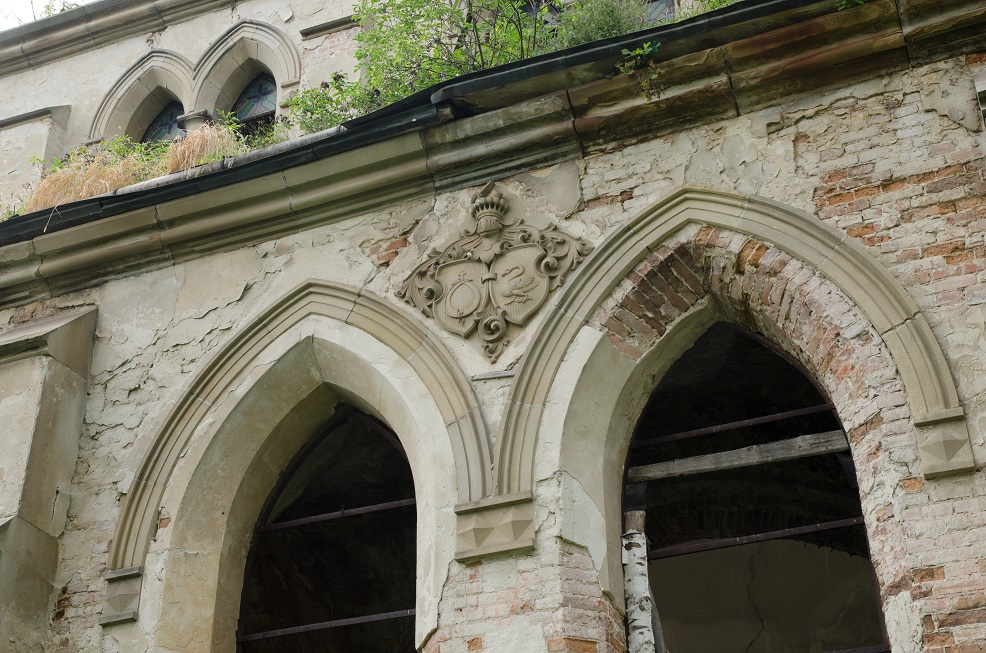
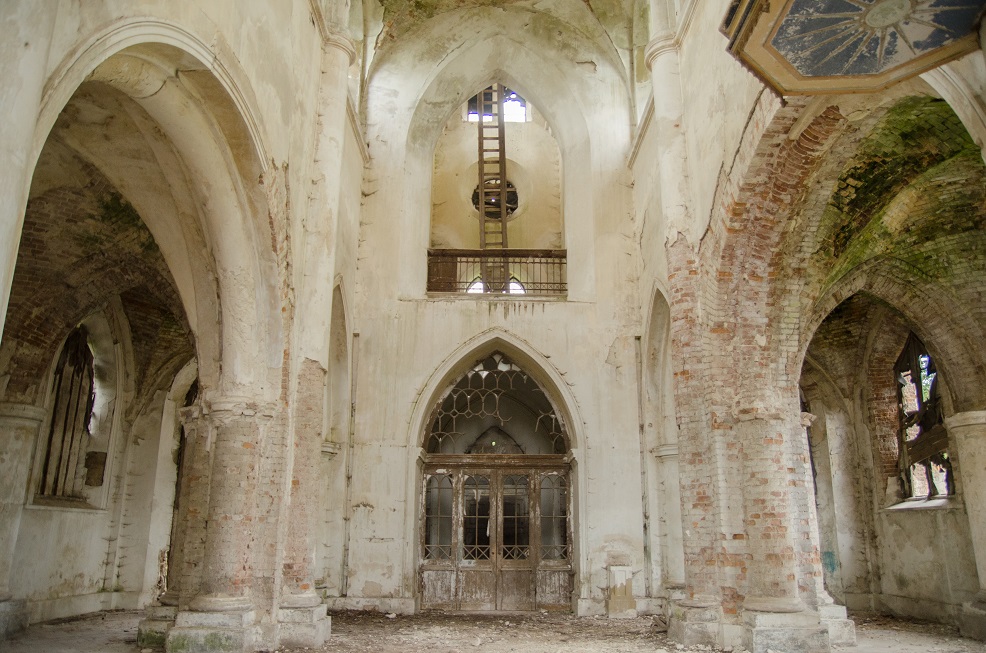
Photographs by Anna Zolotnyuk
Mlynyska, Ternopil Region
The Roman Catholic church (1911-12) in Mylynska / Młyniska, architect most likely from Lviv Polytechnic
In Austrian times, Mlynyska was the summer residence of the Earls from the Łoś family. In 1846-47, almost all the inhabitants of the village died from a cholera epidemic. The earl invited settlers from the central regions of Poland, which the locals called “Mazurs.” The Łoś family lived in a late classicism palace, surrounded by a magnificent park with rare trees. Every year aristocratic youth from all corners of Poland gathered here, spending their time at balls and hunting in the woods. The church was connected to the palace via an underground tunnel. The palace burned down during WWII. When the Poles left in 1945, they took much of church property.
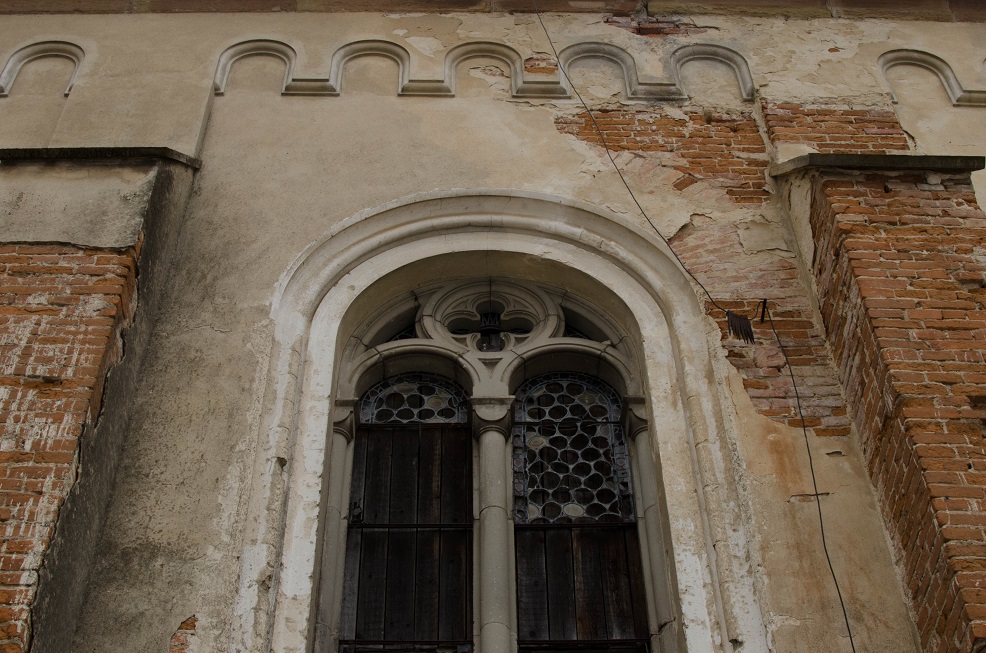

Loshchniv, Ternopil Region
The Church of St. John of Kent (1870-73) in Loshchniv / Łoszniów
According the 1935 census, 3,200 Poles, 523 Ukrainians, and 31 Jews lived in Loshchniv. In June 1945, the local pastor together with part of the faithful left for Poland, taking with them some of the church property. Until 1991, the church was used to store poisonous substances. Now the church belongs to the small Roman Catholic community of the village.
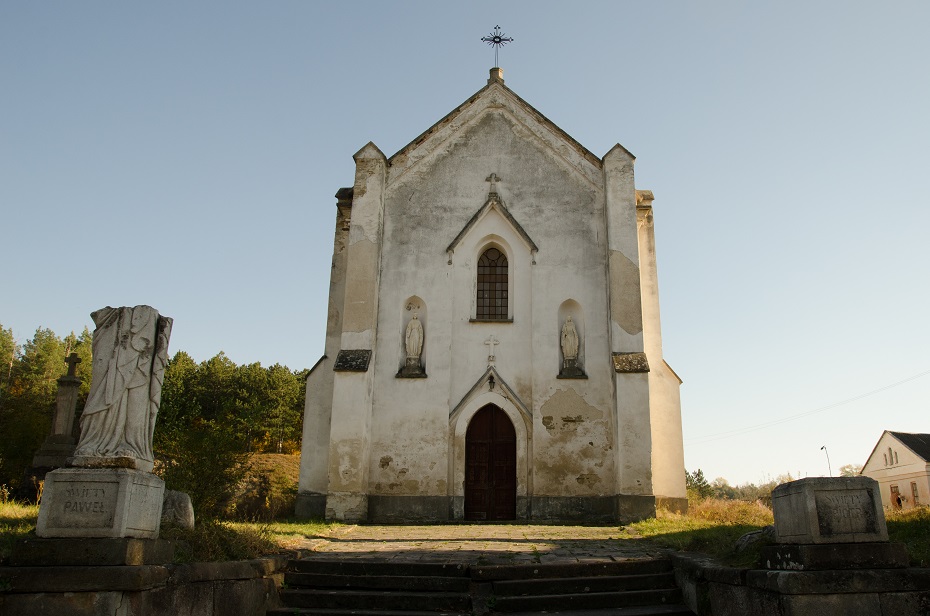
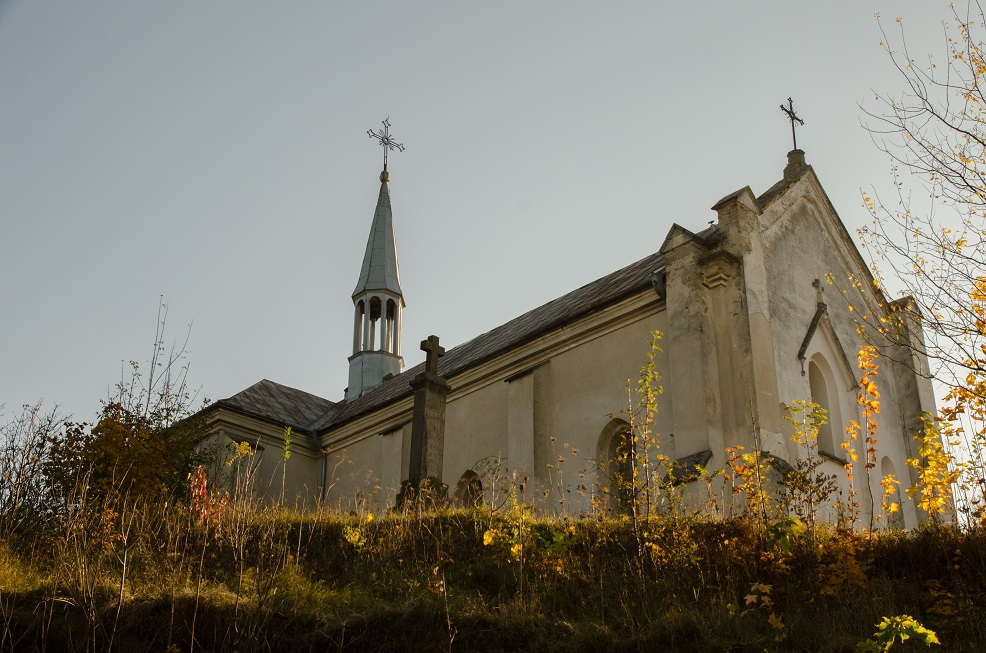
Photographs by Anna Zolotnyuk
Written by Areta Kovalska
Photographs by Anna Zolotnyuk and Areta Kovalska
Sources:
templesua2.jimdo.com
Wikipedia
https://castles.com.ua/
Related:

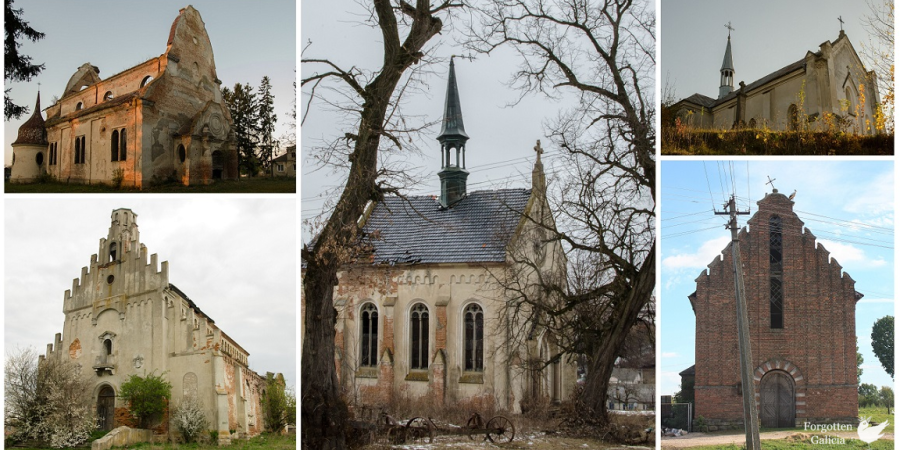

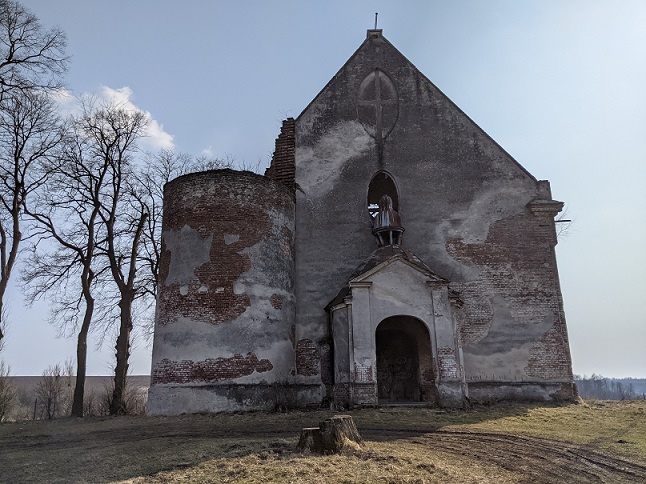




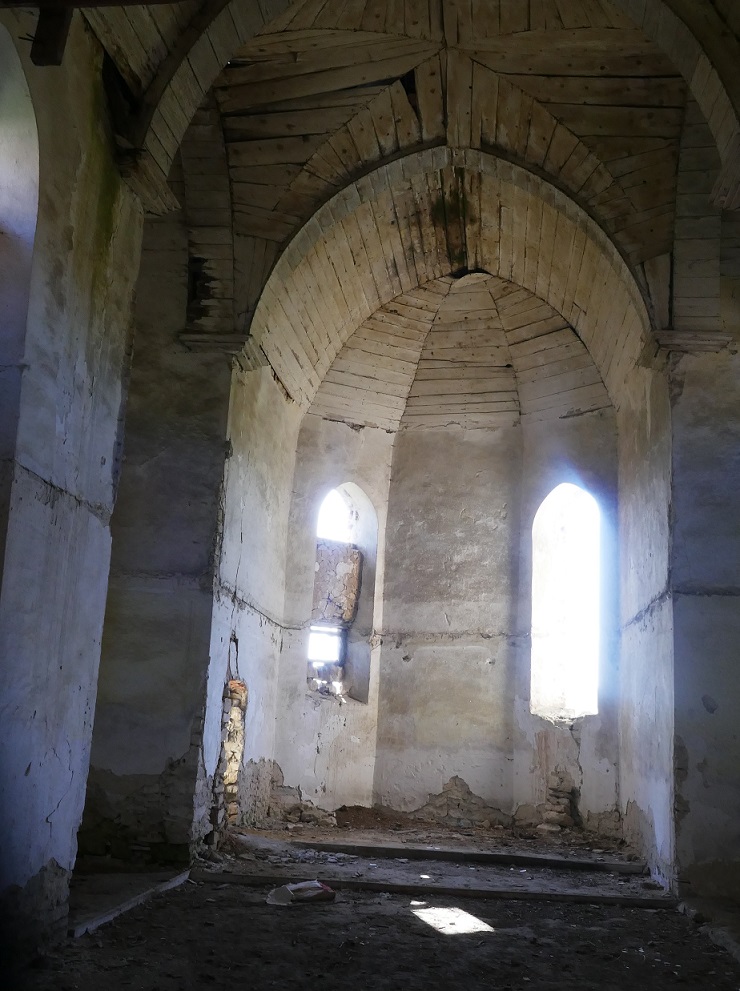
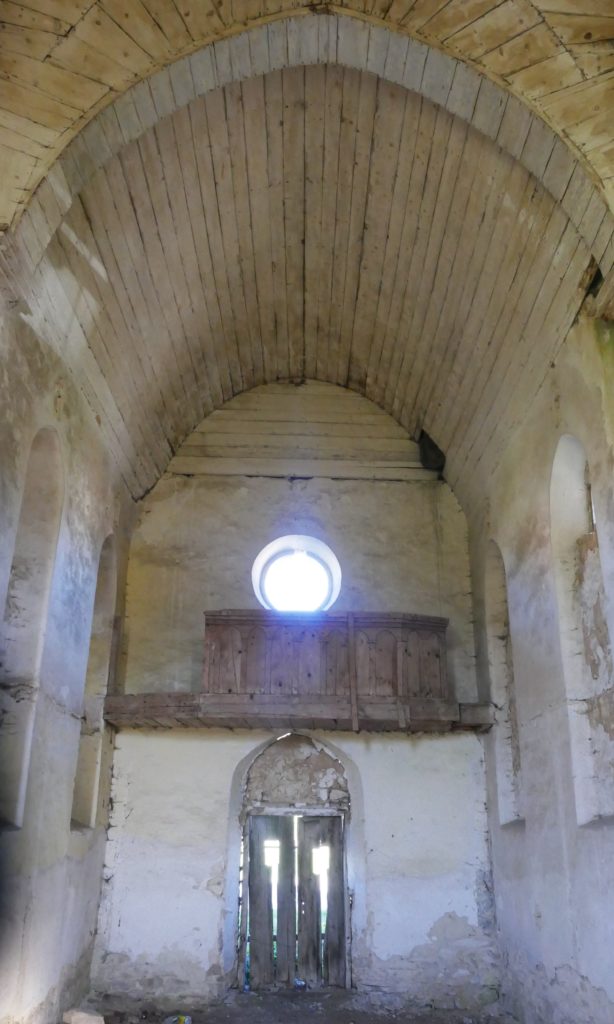
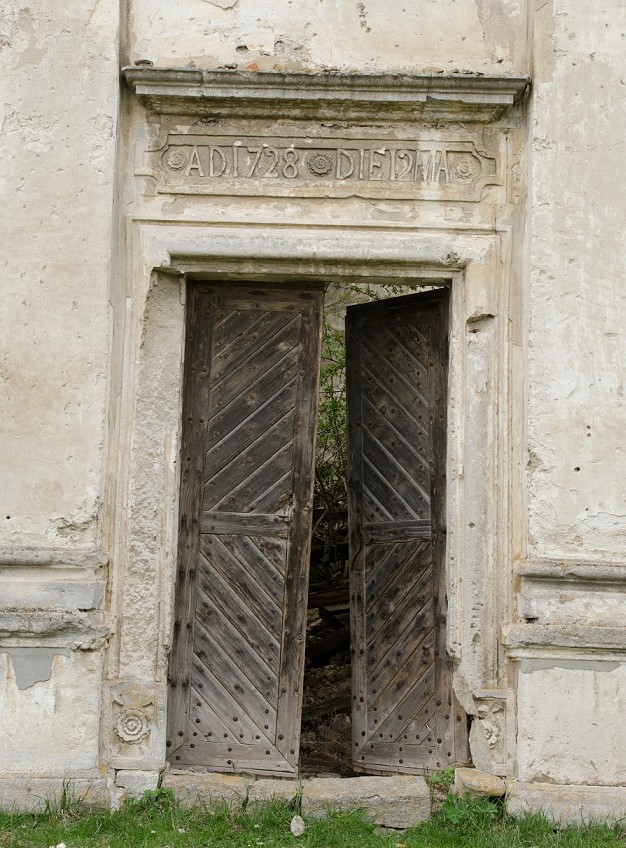
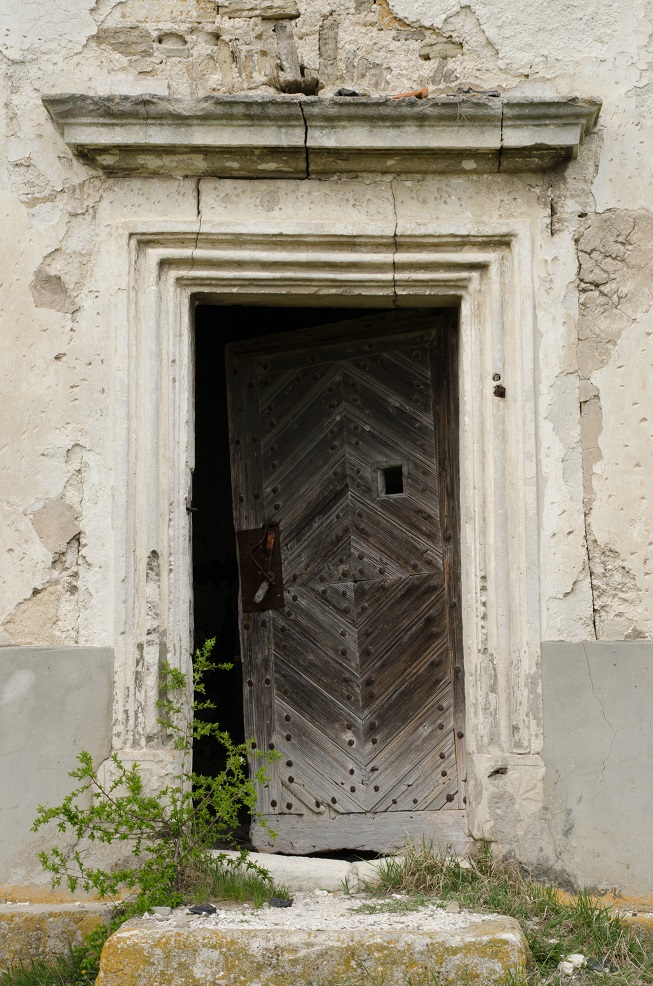
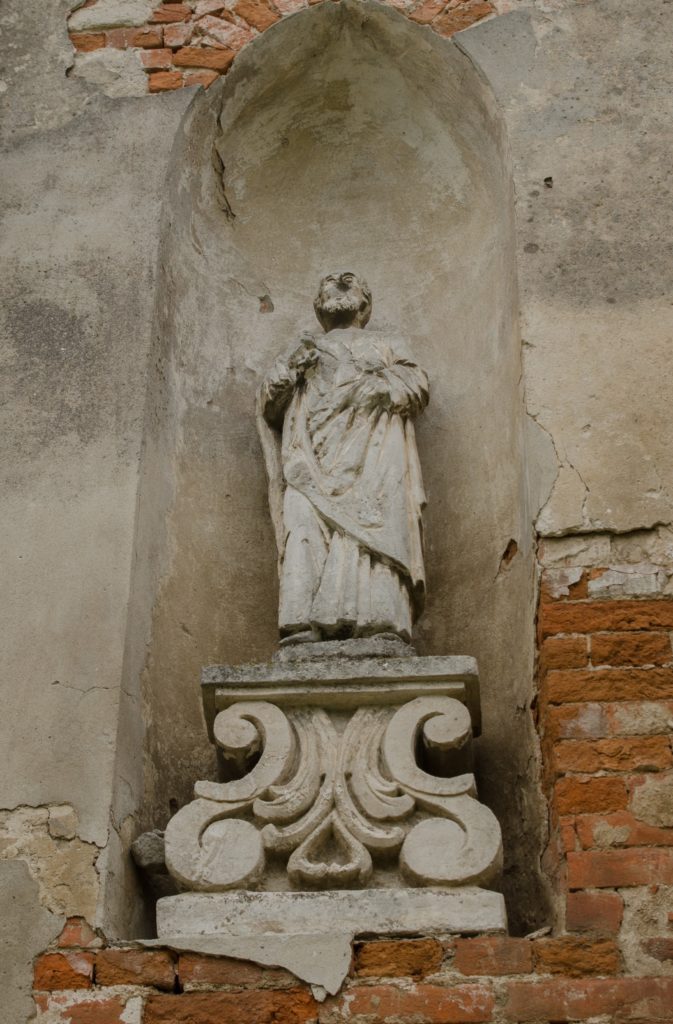
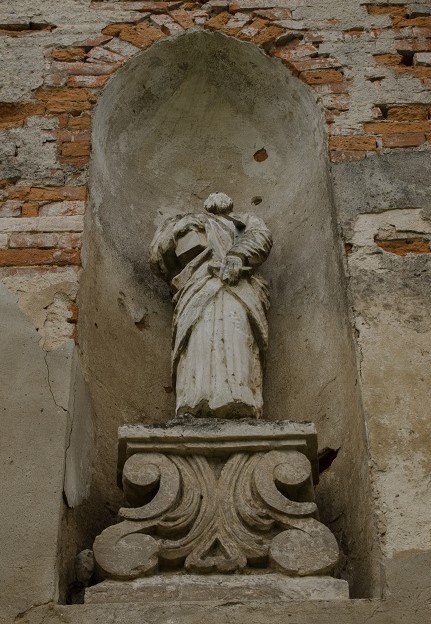
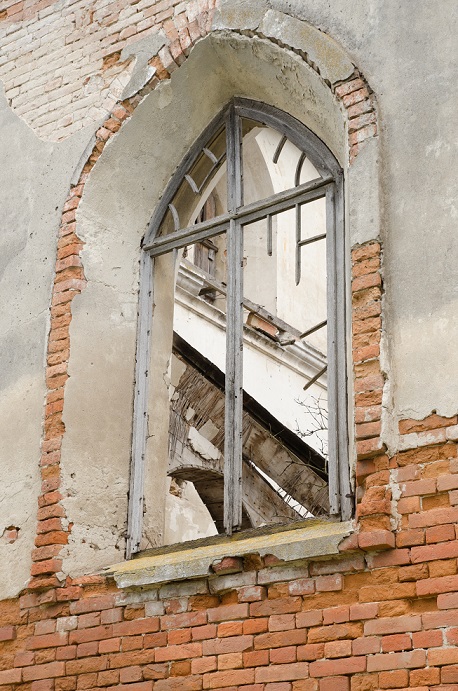
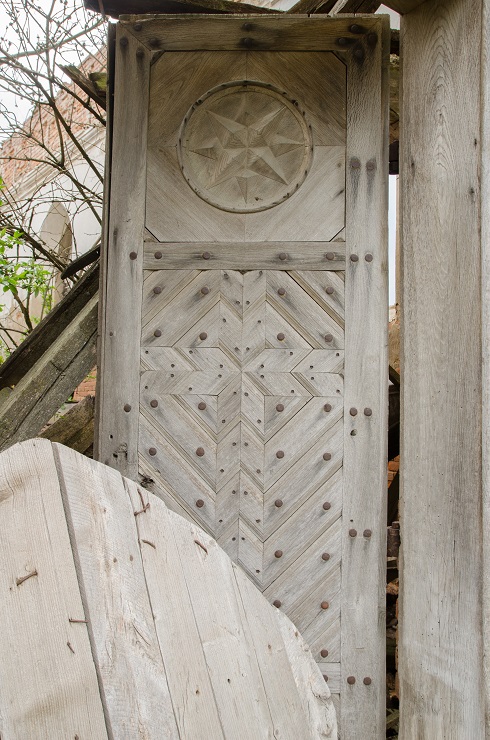
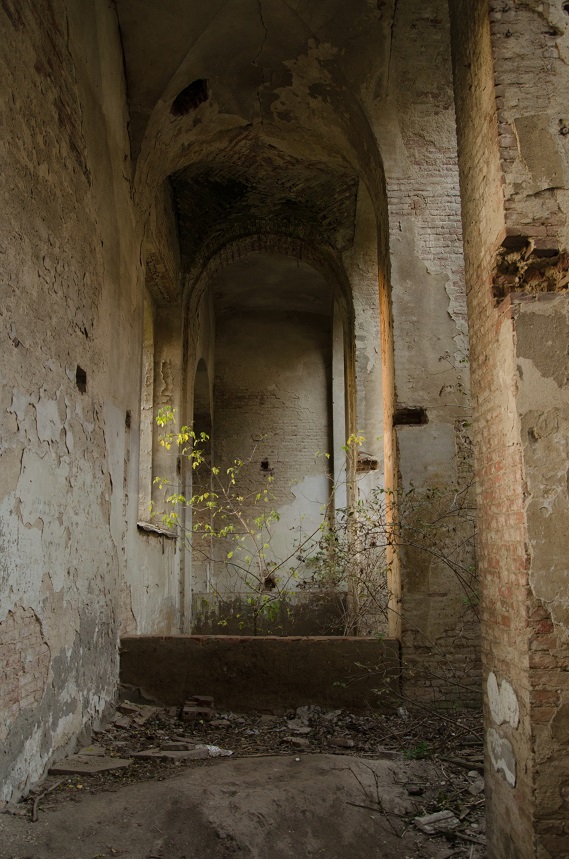
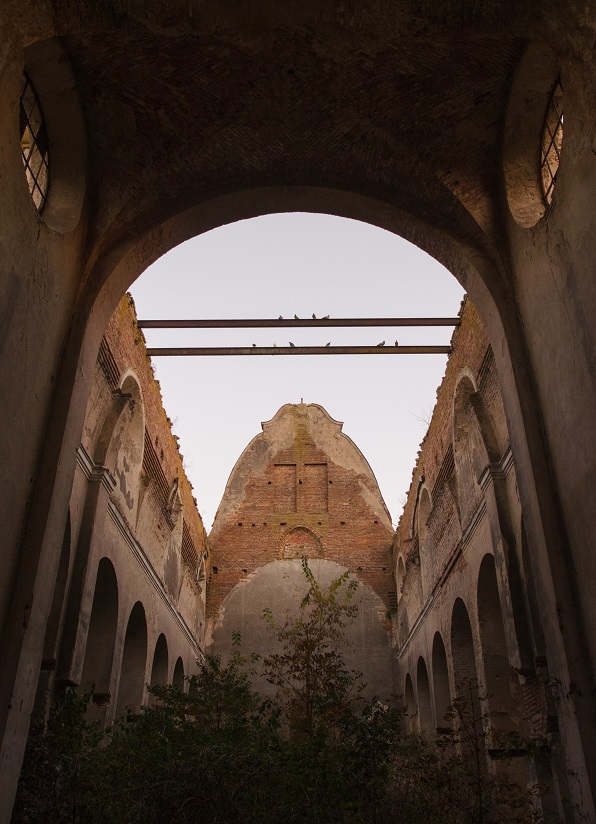
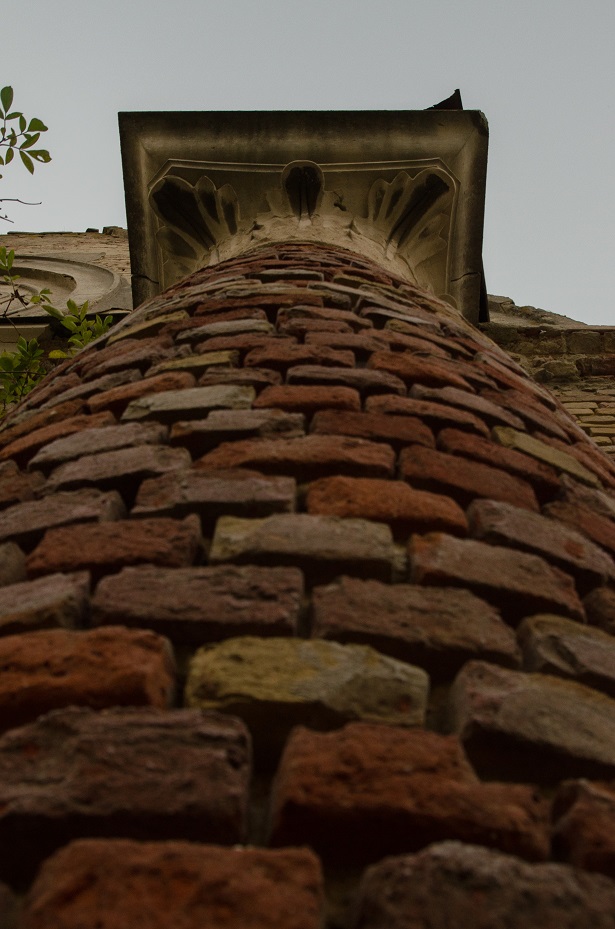
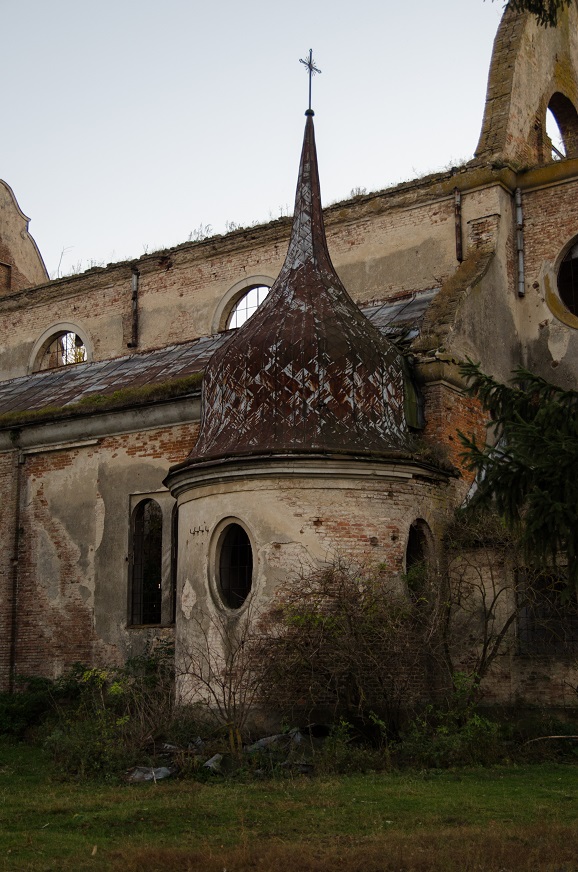
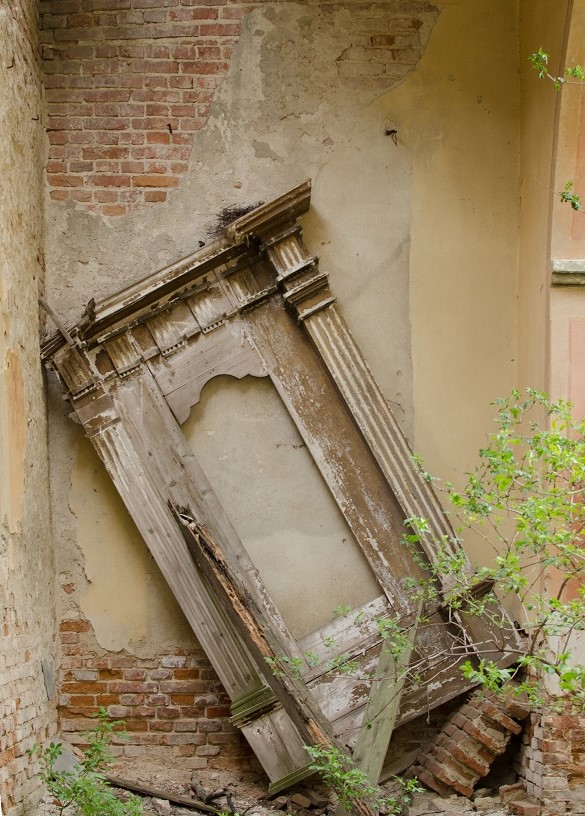
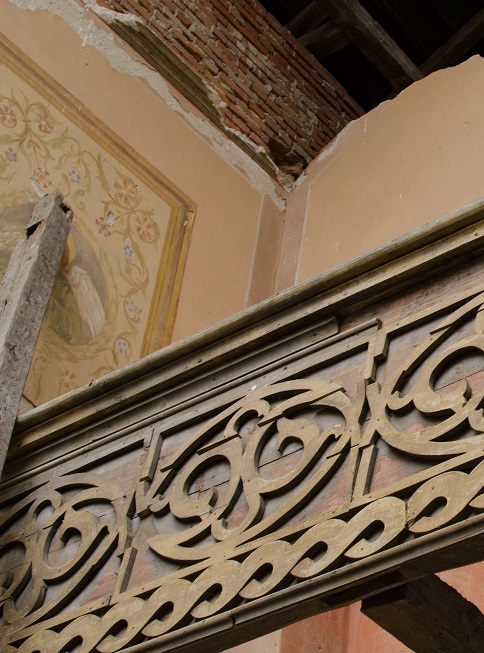
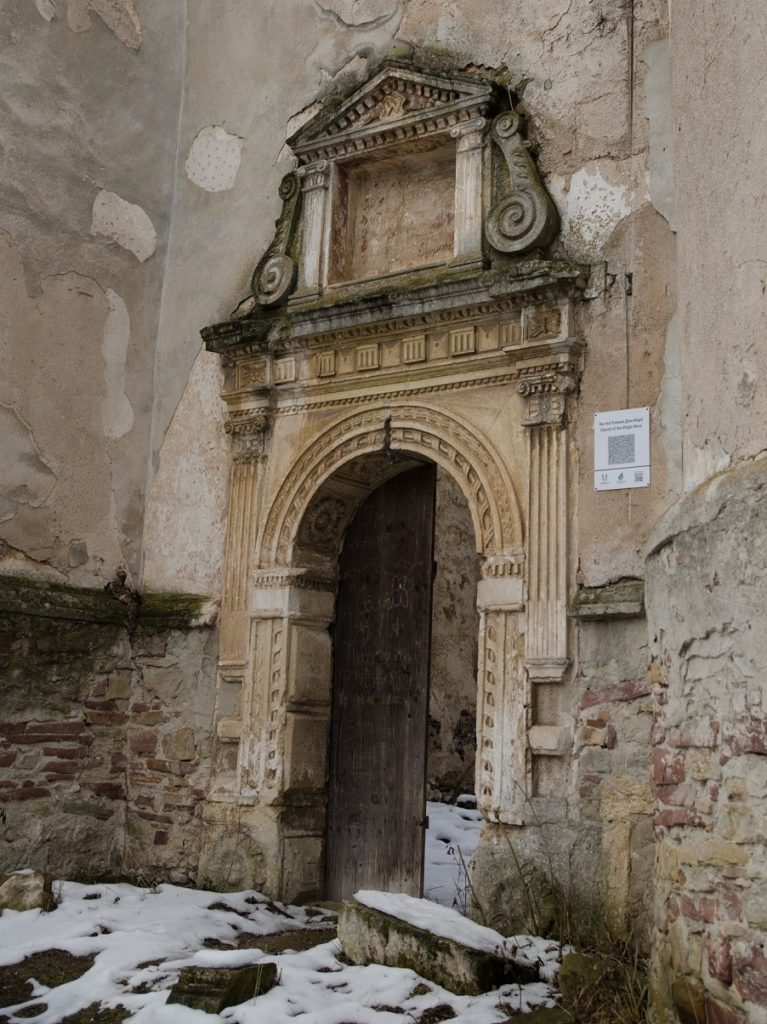
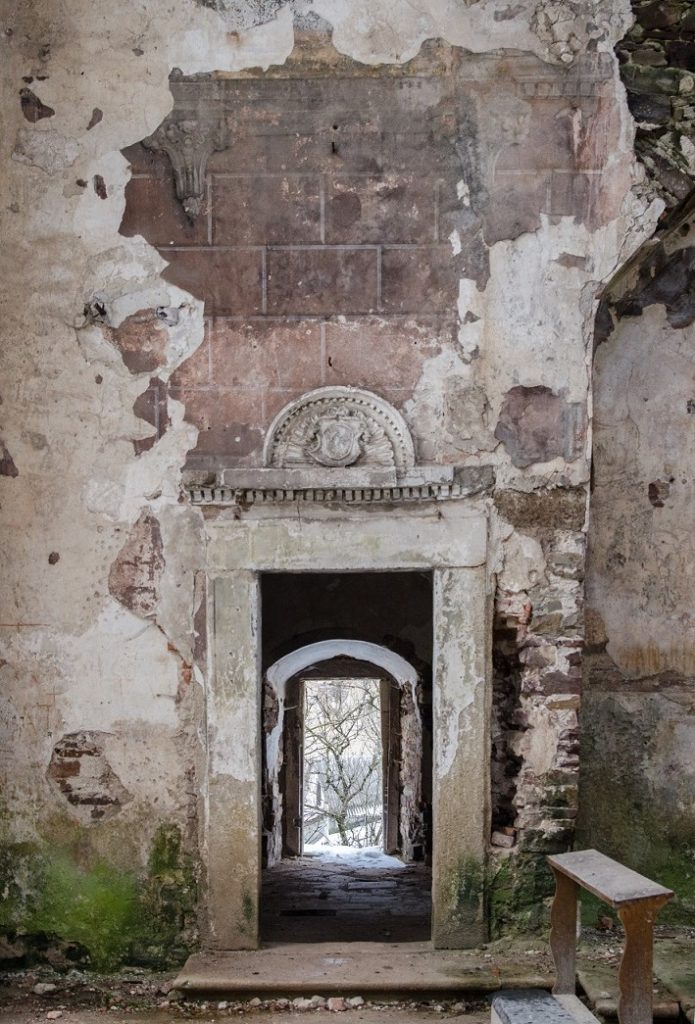
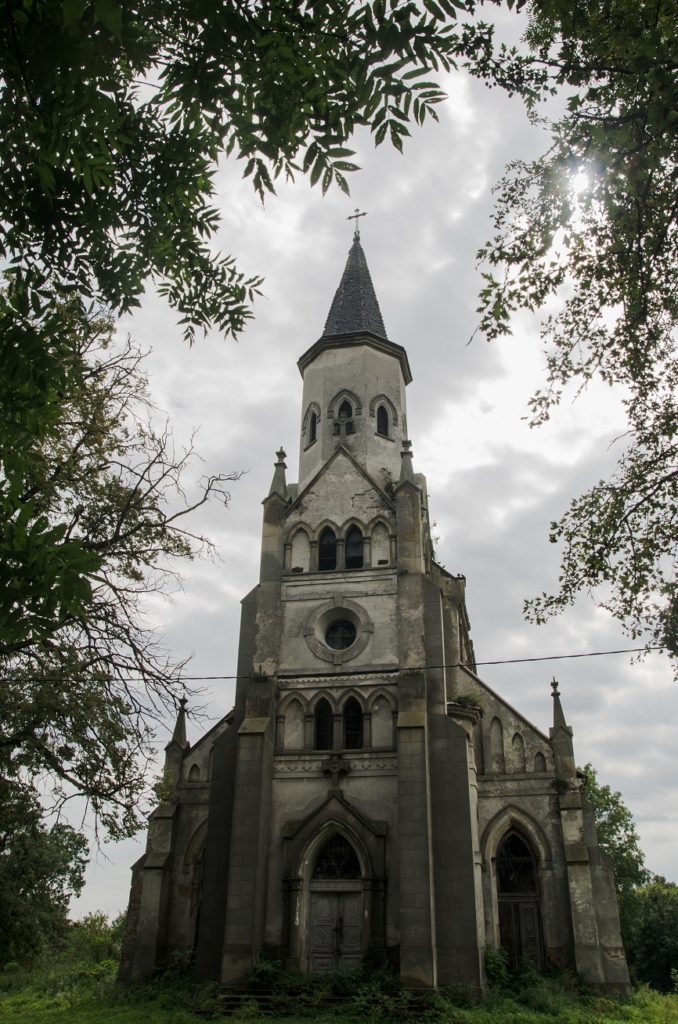
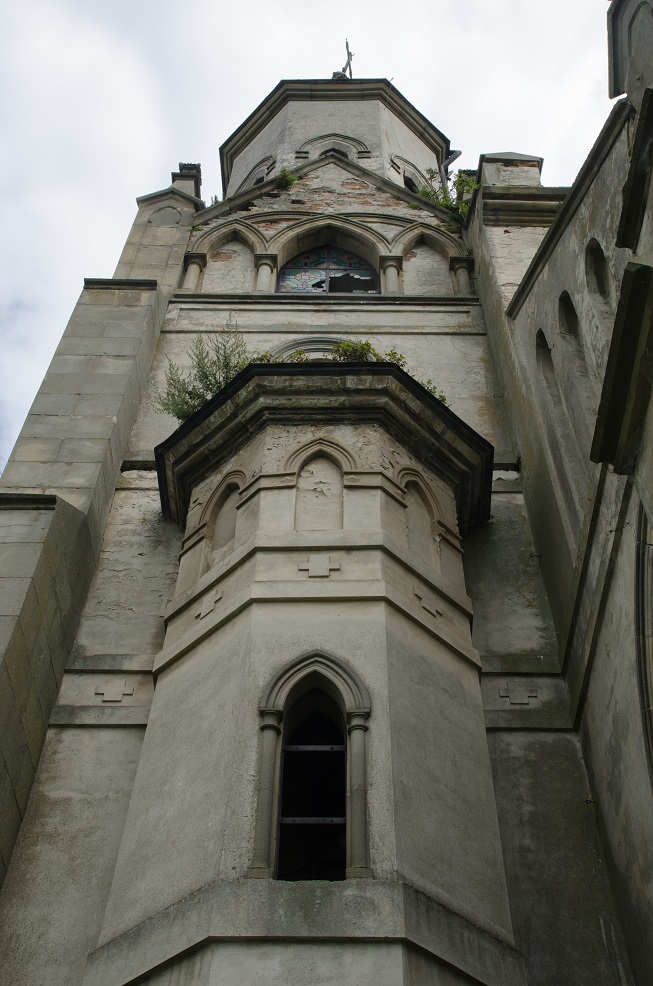
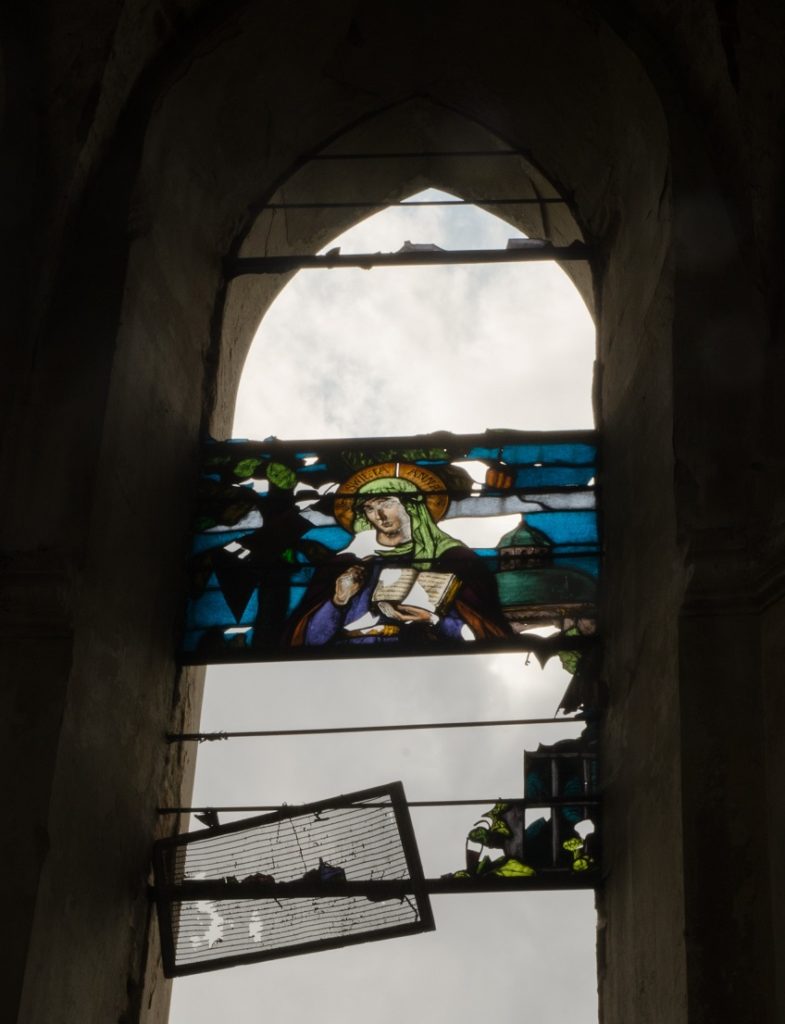




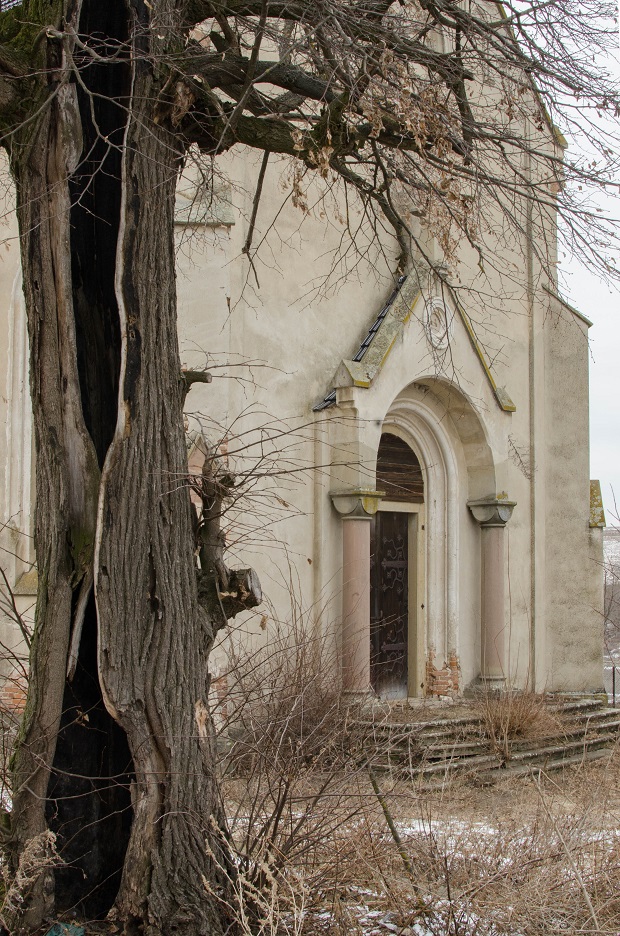
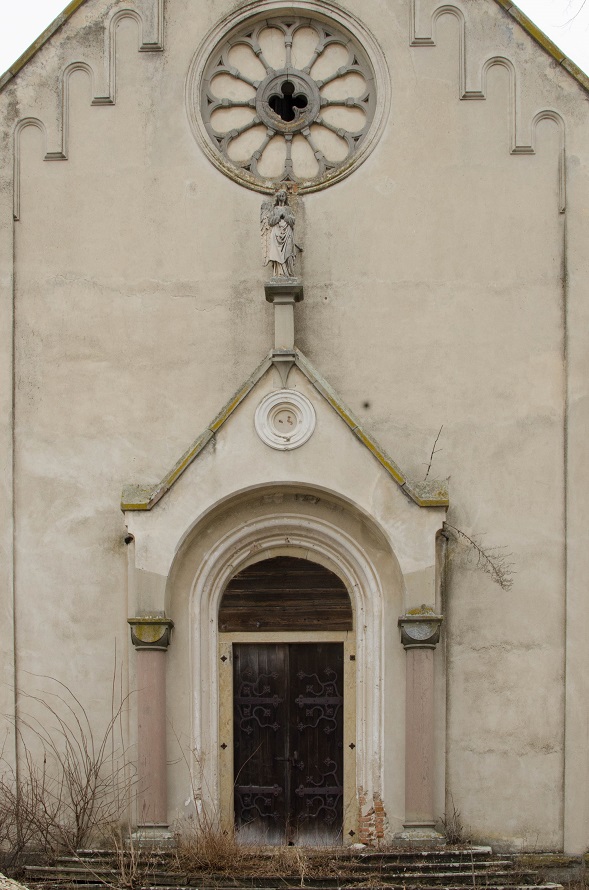
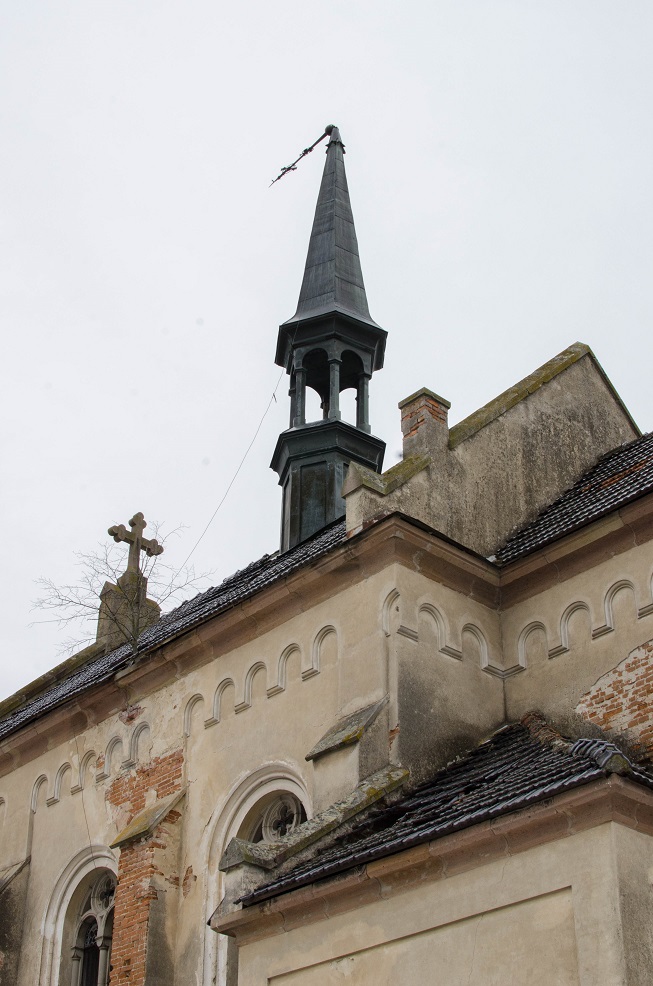
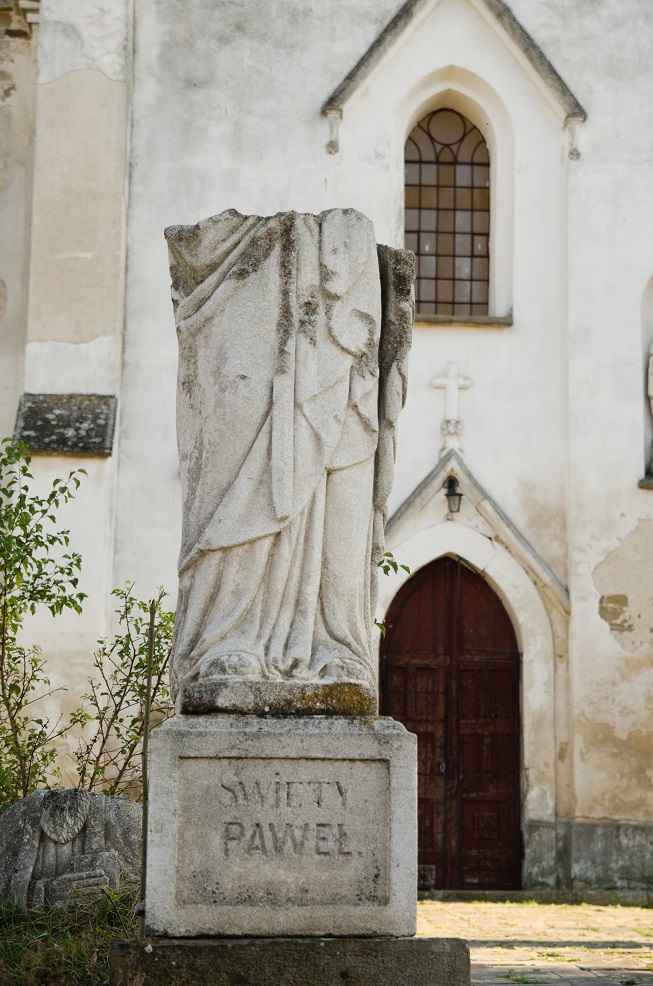
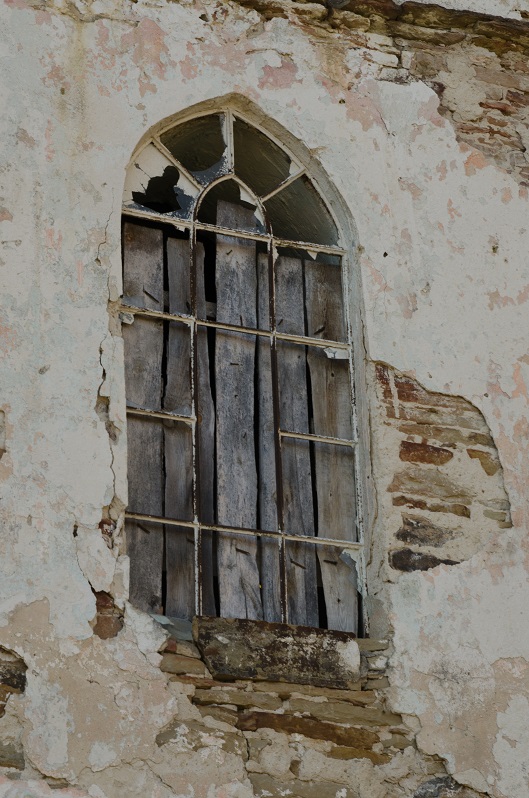




How fabulous, photos are great! Thank you for posting. I’m just doing my family history which were mainly Roman Catholic Poles from the Ternopil region. Incredibly sad period of human kind… Some from Kosiv and Slobodka (still trying to work out which Slobodka though!!) Unlikely I will ever get over that way, family immigrated to Canada and I now live in Australia. So this article and photos were such a wonderful find. Thank you!
Thank you, happy to hear 🙂 I wish you luck with your family research! Best, Areta
Hi Karen,
My family also came from the Ternopil region and were Roman Catholic poles. I don’t know any more than that about there origins but know they ended up in Kenora Ontario.
Good luck in your search,
Patricia Swick
This is important to document for the present and to honor the Polish Roman Catholic tradition and these people’s lives. Perhaps the churches could be renovated? Used as chapels for people wanting to get babies baptized or get married ? Housing? Cultural sites?
Hello, very nice to see visually the history. I wonder if you would be able to help me find a old picture of my mother’s mother standing next to a seated priest? Early 1900 – 1919 near Kal’ne sell? Her name was Anna Hilarska
On page 116 of the book SUICIDE OF THE EMPIRES (by British historian Alan Clark) there is a photo of Russian troops fleeing past a church in Galicia during the summer of 1917. The church appears to be Catholic, and was located in either the Ternopil of Ivano-Frankivsk oblasts (most likely the former). The internet now offers a better and full length version of this dramatic picture, which spelled doom for the revolutionary Provisional Government of Alexander Kerensky. Should the church still exist, a “Then and Now” photo essay would be most appropriate. Good luck!
Thank you for posting article and photos Areta Kovalska! And thanks also to Anna Zolotnyuk for her photos! My father’s mother (ne Bejowicz/ Rzeszutko), an RCC Pole, was from Ternopil region- Kozowa. I now wonder if she ever laid eyes on any of these churches. Thank you again! (BTW…looking for family)
[…] https://forgottengalicia.com/abandoned-kosciols-galician-countryside/ […]
straszne , poniszczone nie tylko kościoły katolickie ale także kawał kultury europejskiej nie przez wojny , niestety nie przez wojny tylko przez sowiecką głupotę i lub aż nie tylko radziecką ,bo rodzimą głupotę również też
[…] Believed to depict Saint Demetrius of Thessaloniki (as a Holy Warrior), the Western Romanesque-styled limestone carving could only come from areas where this specific saint was honoured, i.e. Greece, Bulgaria, or more likely, Galicia–Volyn, the former principality in post-Kyivan Rus whose structures were built in the late twelfth century through the middle of the fourteenth century. The rural landscape of this area, now predominantly situated in western Ukraine, is speckled with fo… […]